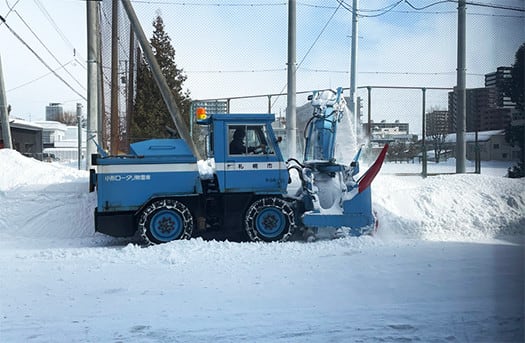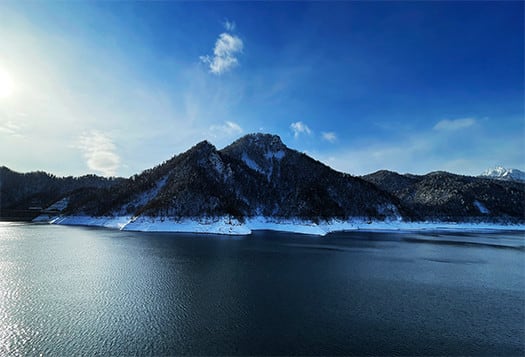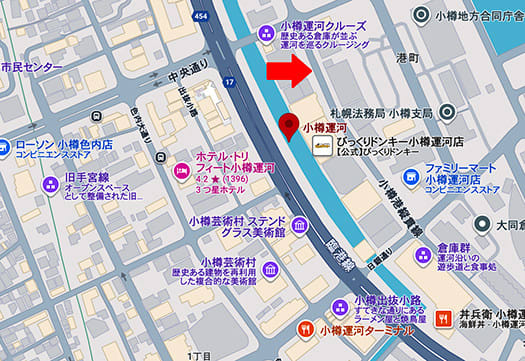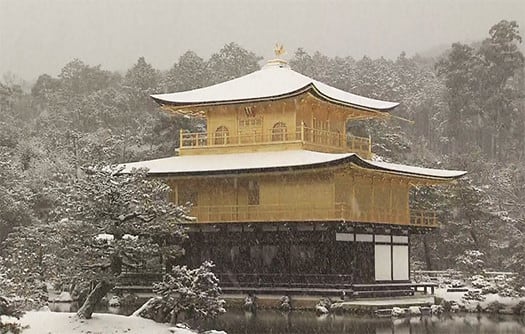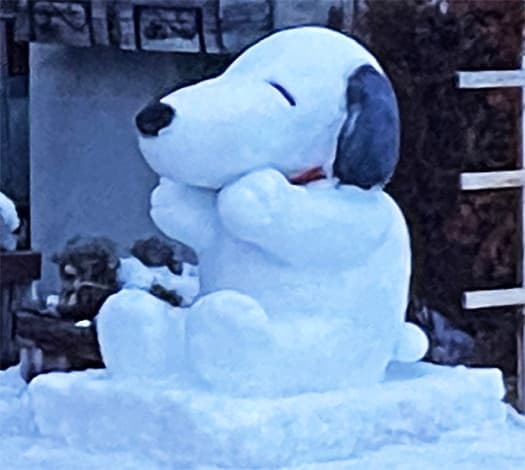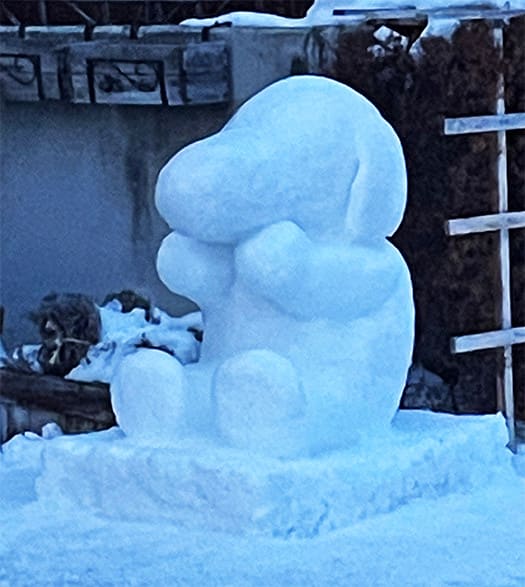

昨日の続き。午前7時頃までにお寿司パーティの準備段取り完了させ、ひと休みしたあと家族が集まってくる正午に向けて午前9時くらいから、握り初めであります。お米は結局、約1升を炊き上げました。
シロウトの場合はその日の気分と感覚で、シャリの握りの大きさは微妙に変化する。いや、かなり変化する。自分のカラダの食欲を正確に反映するのでしょうか?よくわからない潜在意識領域の表出のように思います。それとわさびの利かせ加減も、連動していることも間違いない。その日の感覚のままに、寿司飯の握り大きさと、ネタの切り身の大きさとが合体して次々と握り寿司が生まれ出てきてくれる。


握りの大きさ、堅さの選択〜ネタとの合体のバランス感覚。その繰り返し動作から来る体内リズム感に無心に身を委ねていくのですね。三昧〜ざんまいという境地にはもちろん到底至ることは出来ませんが、その入口の付近くらいの「感じ」は見えてくる気がします。
それとやはり、ネタのことをいろいろ考えて、それらがおいしく仕上がってくれるようにと念じてこの段階まで至ったことに、心理的な達成感は味わわせてくれる。叶うなら、それぞれの1カンずつが独自の、世界にひとつだけの魅力を持って欲しいと願いながら作業することになる。
体動作ではあるのだけれど、それに付随してさまざまな想念も表出するような気がする。
で、そうしたひとつひとつが盛り付けられていくときに、楽しさや見た目、色合いのハーモニーなどもオリジナルで創出することもできる。料理の楽しさのど真ん中なんでしょうね。その日その時に得られている食材を使って、精一杯の食の楽しさに昇華させるこころみ、充足感。
「また今度もね」みたいな気分が、終わってからも余韻として残っている。またやるぞ!
English version⬇
132 Kan, the sushi feast that was so much fun to make.
After all the preparation, the people who will eat the food gather and the ingredients gather on the table. A fleeting encounter. A once-in-a-lifetime encounter. ...
Continued from yesterday. We completed the preparations for the sushi party by around 7am, and after a short break, we started nigiri at around 9am towards noon, when the family was gathering. In the end, we cooked about 1 square kilo of rice.
For shirouto, the size of the rice nigiri changes slightly, depending on the day's mood and sensations. No, it varies considerably. Does it accurately reflect your body's appetite? It seems to be an expression of an unfamiliar subconscious realm. That and the degree to which the wasabi has been used are also definitely linked to each other. As per the sensations of the day, the size of the sushi rice grip and the size of the fish fillet merge to create a succession of nigirizushi that come out one after the other.
The selection of the size and firmness of the nigiri - the sense of balance of merging with the neta. You surrender yourself to the sense of rhythm in your body that comes from the repetitive movements of the nigiri. Of course, it is impossible to reach the state of samadai or zammai, but I think I can see a ‘feeling’ in the entrance to that state.
And also, I can feel a sense of psychological achievement in having reached this stage of thinking about the ingredients and hoping that they will turn out delicious. If it comes to pass, I will be working with the hope that each individual can of fish will have its own unique, one-of-a-kind charm.
Although it is a physical movement, I feel that various thoughts and feelings are expressed along with it.
And when each of these dishes is served, it is possible to create original harmony in terms of enjoyment, appearance and colour. I guess that's the middle of the fun of cooking. The spirit and satisfaction of using the ingredients available at the time and sublimating them to the fullest in the enjoyment of food.
The feeling of ‘see you next time’ lingers afterwards. I'll do it again!






















